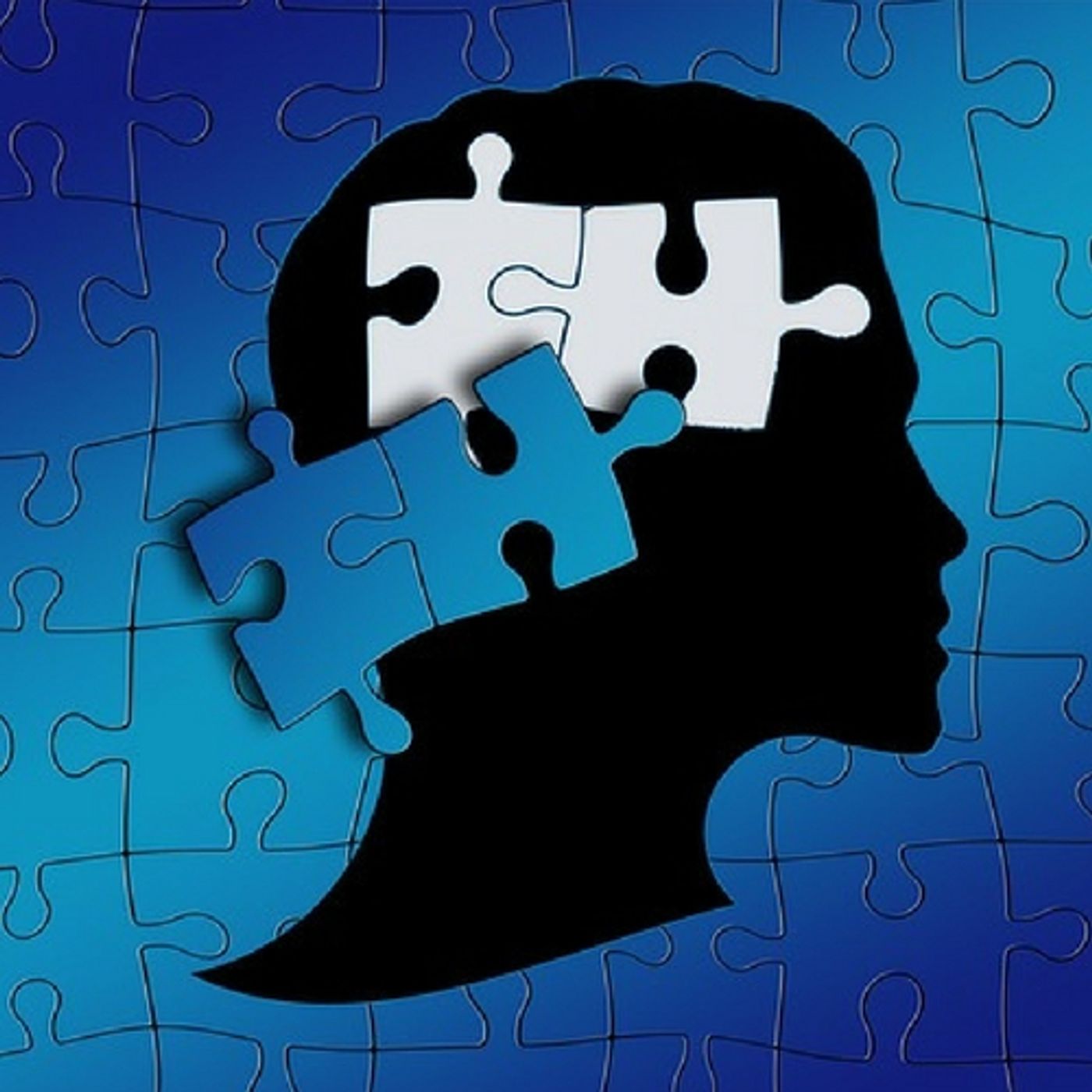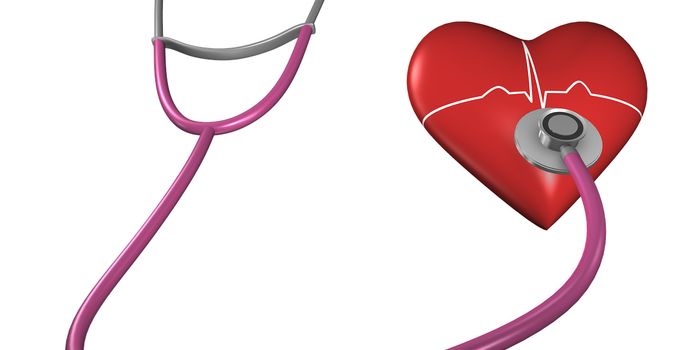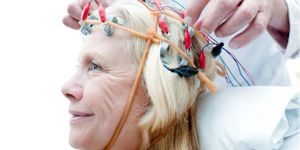Neuromodulation Could Curb Some Autism Behaviors
Research into autism is crucial because the condition is on the rise and impacts thousands of families. There is no known cure and no medication or other treatments that have been found to do any more than just help patients adjust to the issues of social difficulties, repetitive behaviors and anxiety that go along with an autism diagnosis. New research from the O'Donnell Brain Institute at the UTSW Medical center in Texas suggests that brain stimulation for the cerebellum might be a way to help those with autism.
Most research on the brain shows that the cerebellum, near the brain stem, is involved in coordinating movements. The team at UTSW, conducted a study that suggested a particular region of the cerebellum is related to autistic behaviors and targeting this area for brain stimulation, or other neuromodulation techniques could be a way to rewire the neural circuits in the brain that are disrupted in autism.
Dr. Peter Tsai, lead author on the paper and an Assistant Professor of Neurology & Neurotherapeutics stated, "This is potentially quite a powerful finding." From a therapeutic standpoint, this part of the cerebellum is an enticing target. And although neuromodulation would not cure the underlying genetic cause of a person's autism, improving social deficits in children with autism could make a huge impact on their quality of life. This area of the brain has not received the attention it deserves in regards to understanding autism."
The research used a mouse model for comparison to the human brain. Both mice and humans have neural connections between the cerebellum and the cerebral cortex. The Right CrusI domain of the cerebellum and the cortex's inferior parietal lobule are the key areas the study examined. When the circuits that connect these two regions are impaired in any way, behaviors common in autism crop up. From previous research, Dr. Tsai's team knew that an impairment in this area was commonly seen in children with autism. When brain stimulation was used on these connections, social impairment in mice, which is similar to that in humans who are on the autism spectrum, was reversed.
The research will be continued at UTSW in the Center for Autism and Developmental Disabilities. It's not known yet whether or not the neuromodulation techniques are safe for children with autism. Adult patients with schizophrenia and other mental illnesses have undergone brain stimulation, and it's shown promising results, but working with pediatric patients on the autism spectrum hasn't been done yet.
The research showed that neuromodulation techniques on the mice who had been altered to have autism-like behaviors did work to reverse those behaviors, even in adult mice. Currently, most therapies for autism in children are focused on early intervention and getting children treated before they reach a certain age. It remains to be seen if the techniques investigated at UTSW in this study could be helpful even after brain development is complete and a patient is older.
In neuroscience research, most of the focus tends to be on the cortex of the brain. It's in this region that memory, learning, cognition, and neuroplasticity happens. Areas in the cerebellum are mostly related to motor skills and were not thought to be connected to autism or social impairment, but this study seems to have changed that mindset. The video below is an episode of "Talk Nerdy to Me" that talks about various neuromodulation techniques and what they involve, take a look.
Sources: UTSW Medical Center, Psychology Today, Nature: Neuroscience









